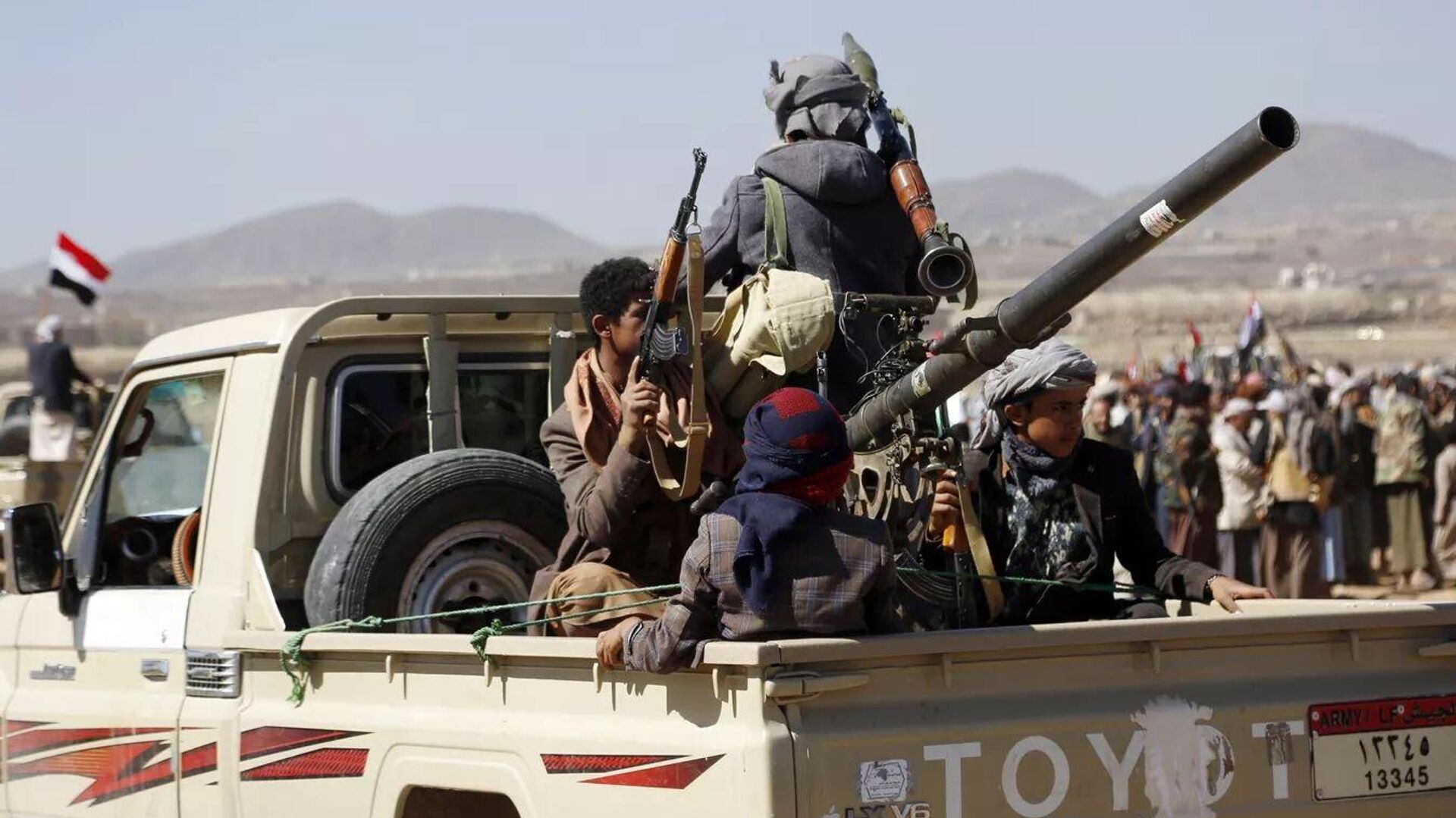On March 15, 2025, President Trump ordered a large-scale airstrike against the Houthi militants in Yemen. This military operation marks another significant adjustment in the U.S. strategy in the Middle East.
Background and Motivation of the Airstrikes
The immediate trigger for the airstrikes was the threat posed by the Houthi militants to the security of the Red Sea shipping lanes. Since November 2023, the Houthi militants have launched multiple attacks on ships in the Red Sea and the Gulf of Aden, severely affecting the safety of global trade routes. The Trump administration has designated the Houthi militants as a “foreign terrorist organization” and accused Iran of supporting them. The airstrikes aimed to weaken the Houthi militants’ military capabilities to ensure the freedom of navigation in the Red Sea and to send a strong signal to Iran.
Scale and Targets of the Airstrikes
The U.S. military employed a variety of forces in the airstrikes, including the USS Harry S. Truman aircraft carrier, Air Force attack aircraft, armed drones, and cruise missile submarines. The targets included the Houthi militants’ missile systems, radar facilities, air defense systems, and drone bases, with a focus on their military command structure. According to U.S. officials, several Houthi leaders were killed in the airstrikes.
Reaction from the Houthi Militants
The Houthi militants reacted strongly to the U.S. airstrikes, vowing to launch a larger-scale retaliation. A spokesperson for the Houthi militants stated that the airstrikes had caused at least 31 deaths and 101 injuries, including women and children. In response, the Houthi militants launched missile and drone attacks on the USS Harry S. Truman and its accompanying vessels on March 16.
Geopolitical Impact
The U.S. airstrikes on the Houthi militants are not only a blow to their military capabilities but also a part of the U.S. strategic adjustment in the Middle East. Through this operation, the U.S. aims to curb Iran’s influence in the region and demonstrate its determination to maintain regional stability. However, this action also brings the risk of further escalation of the situation in the Middle East. The Houthi militants have already stated that they will escalate the conflict, and Iran’s reaction is closely watched.
Moreover, the airstrikes could also have a chain reaction on the conflict between Israel and Hamas. The Houthi militants had previously said that their attacks on Red Sea ships were directly related to Israel’s blockade of the Gaza Strip. The U.S. military action may further exacerbate the tensions in the Palestinian territories.
Reactions from the International Community
The U.S. airstrikes have drawn widespread attention from the international community. On one hand, some countries have expressed understanding for the U.S. efforts to safeguard the security of the Red Sea shipping lanes. On the other hand, there are voices criticizing the U.S. military action for potentially worsening the humanitarian crisis in Yemen. The United Nations has repeatedly called on all parties to exercise restraint and avoid escalating the conflict.
Conclusion
The U.S. airstrikes on the Houthi militants in Yemen are an important step in the U.S. strategic adjustment in the Middle East. Although the operation aims to ensure the security of the Red Sea shipping lanes and curb Iran’s influence, it also brings the risk of further complicating the situation in the region. In the future, the direction of the conflict between the U.S. and the Houthi militants, Iran’s reaction, and the relationship between Israel and Hamas will all have a profound impact on the stability of the Middle East.

